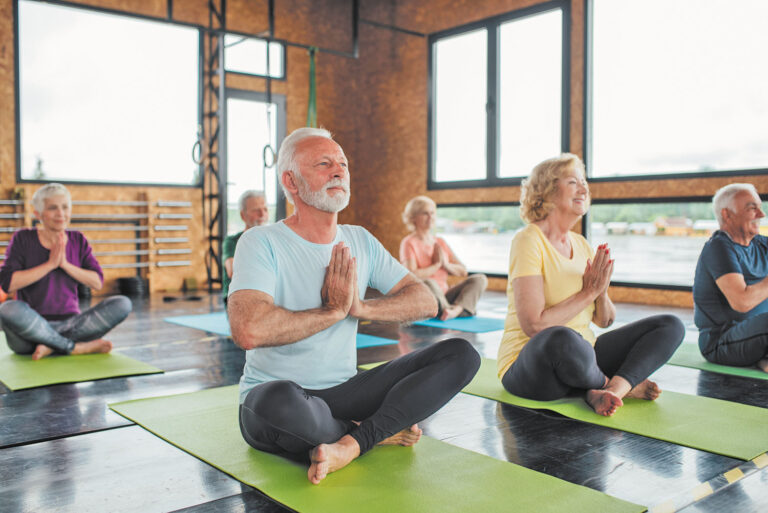Pain and cravings in early recovery from addiction are a leading contributor to relapse. Pain and cravings are also often closely related to one another. For instance, someone with chronic pain issues who’s newly sober may experience more intense cravings for heroin or opiates than someone for whom a chronic pain condition is not an issue. The pain can amplify and intensify cravings— and vice versa, with cravings reinforcing that pain loop.
A good rehab program will effectively address this problem, by giving people tools they can use in their daily lives to relieve pain and cravings. (Learn about the different types of wellness tools available at addiction treatment centers like FHE Health.) One such tool is yoga. I’ve been practicing and teaching it since it helped me achieve recovery more than 15 years ago.
Just how, more specifically, can yoga relieve pain and cravings in rehab? While I am not a medical expert, I can speak to the findings of recent research in this field as well as my more anecdotal observations as a yoga instructor at a treatment center. When considered together, these insights reinforce the conviction that yoga should be offered as a daily option in every rehab program.
To begin with, here are some personal observations from teaching yoga to people in rehab about how the practice can relieve pain and cravings….
Yoga Restores Balance to the Whole Person (Body, Mind, and Spirit)
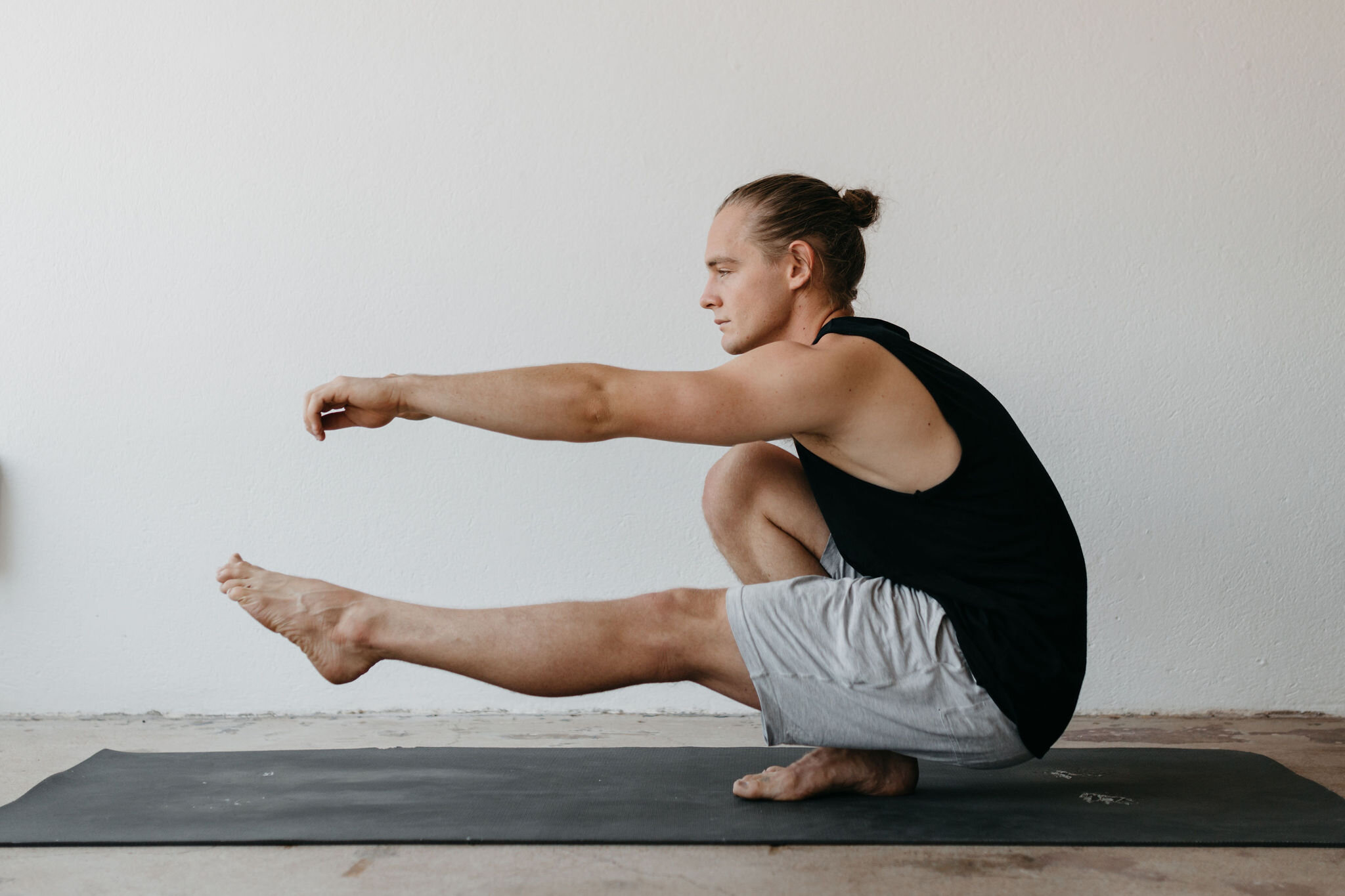
Most people associate yoga with the physical practice of doing postures, which is good and healthy for the body, but yoga goes deeper than that. It’s about finding balance on every level, which is why it’s often described as “holistic.” It’s about treating the person as a whole person, so much of the therapeutic focus in yoga revolves around the spine and the nervous system.
A healthy nervous system that’s in a balanced state can improve a person’s mental and emotional wellbeing, and, in turn, how they respond to the thoughts, emotions, and feelings that make up their inner world. All human beings go through the world with thoughts, emotions, and feelings. It’s how they respond to those thoughts, emotions, and feelings that can be critical to their overall health and/or recovery. This is where yoga can be extremely helpful.
Yoga Fosters Greater Mindfulness and Awareness
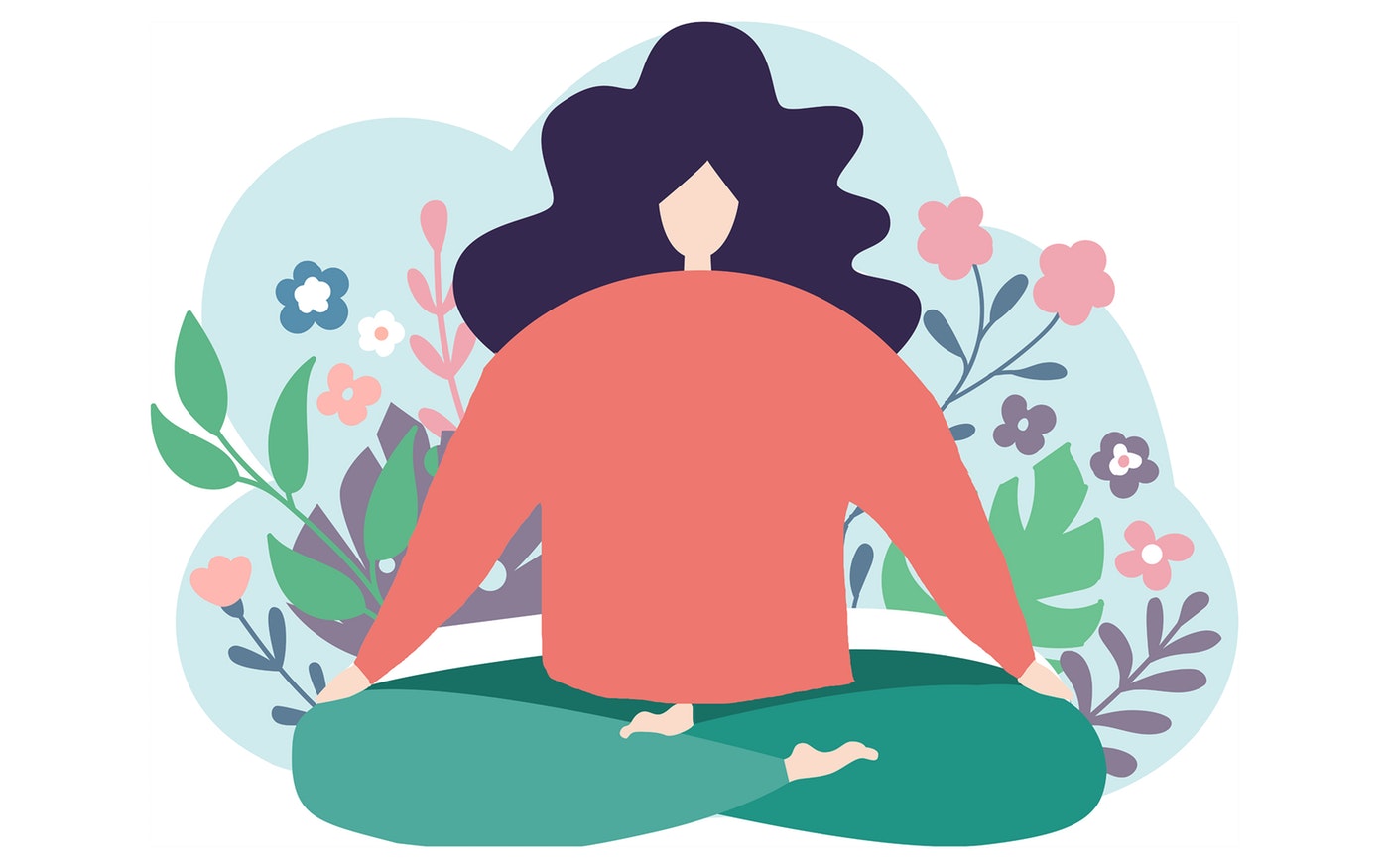
By cultivating focus, balance, and integrated mind-body awareness, yoga helps people in recovery become more mindful of their thoughts and emotions and how to respond to them. This acquired aptitude for better self-regulation can be an invaluable tool for managing pain and cravings.
Addiction affects brain chemistry and therefore thought patterns and behaviors. Yoga restores these areas that are out of whack. For example, dissociation is a common feature of addiction. People aren’t equipped to manage intense emotions that are negative or uncomfortable, so they use drugs and alcohol to try to dull these feelings and, in essence, suppress or escape from them. Yoga instead teaches people how to become more mindful and aware of being in their body, so that over time they learn how to be more accepting of these feelings and how to stay calm and present in the discomfort, regardless of what situation they’re in.
Yoga Embodies Many 12-Step Spiritual Principles
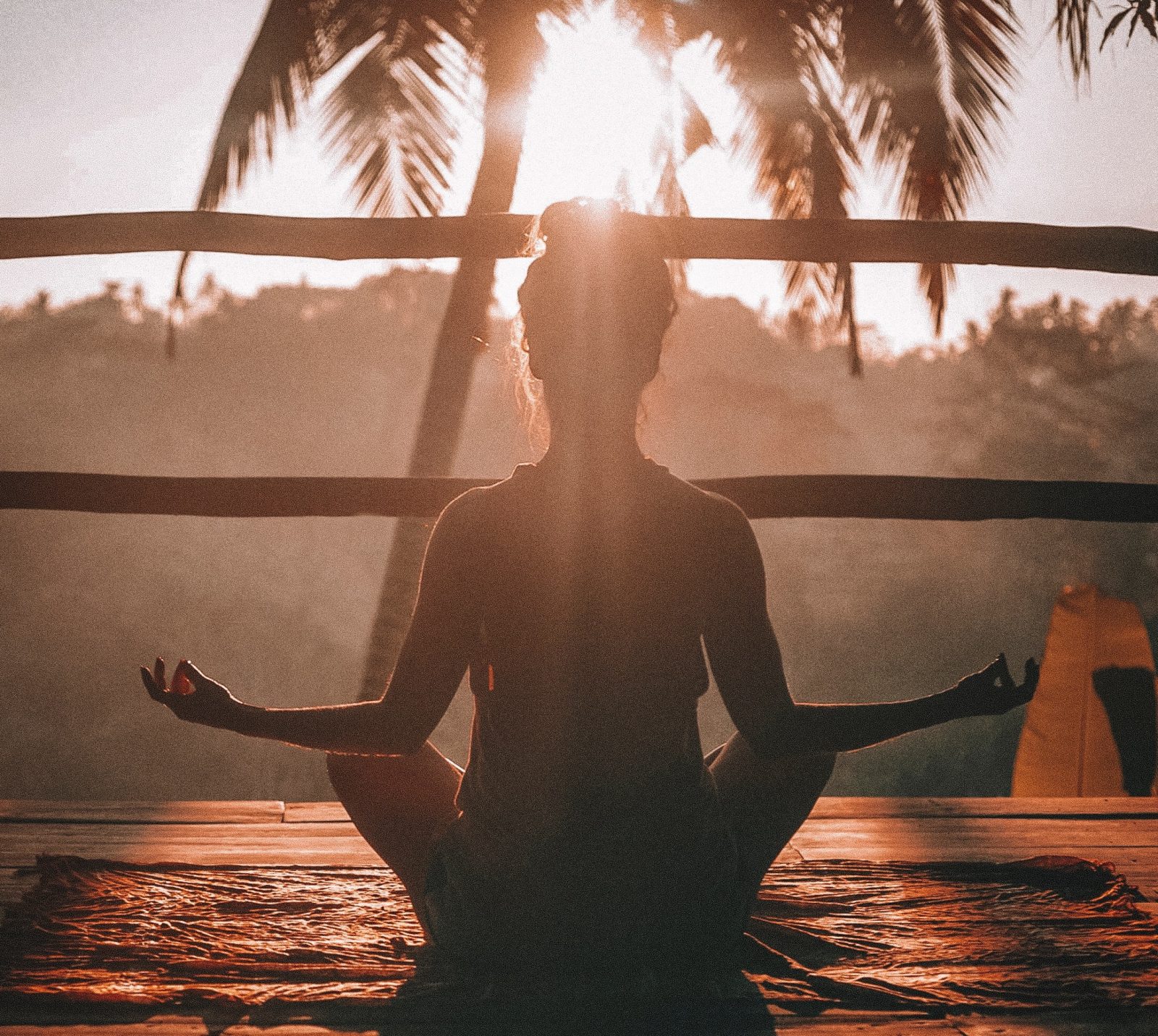
The “12 Steps” are a spiritual program for recovery that has helped many people achieve long-term sobriety. What many people don’t know—and what I’ve found from my own experience in recovery—is that there is a good amount of overlap between the spiritual lessons taught in yoga and the spiritual principles of the 12 Steps. Service, for example, is an important feature of the 12 Steps. Meanwhile, a whole branch of yoga is dedicated to service.
When people in recovery are able to embody aspects of 12-step spirituality through the postures, breathing, and affirmations of yoga, that process can strengthen their resolve and resilience in the face of cravings.
What the Research Says About Yoga for Pain and Cravings
Hopefully, these more personal and anecdotal insights from teaching yoga shed light on how yoga in rehab can relieve pain and cravings. Research fills in more of the picture….
Yoga Relieves Pain
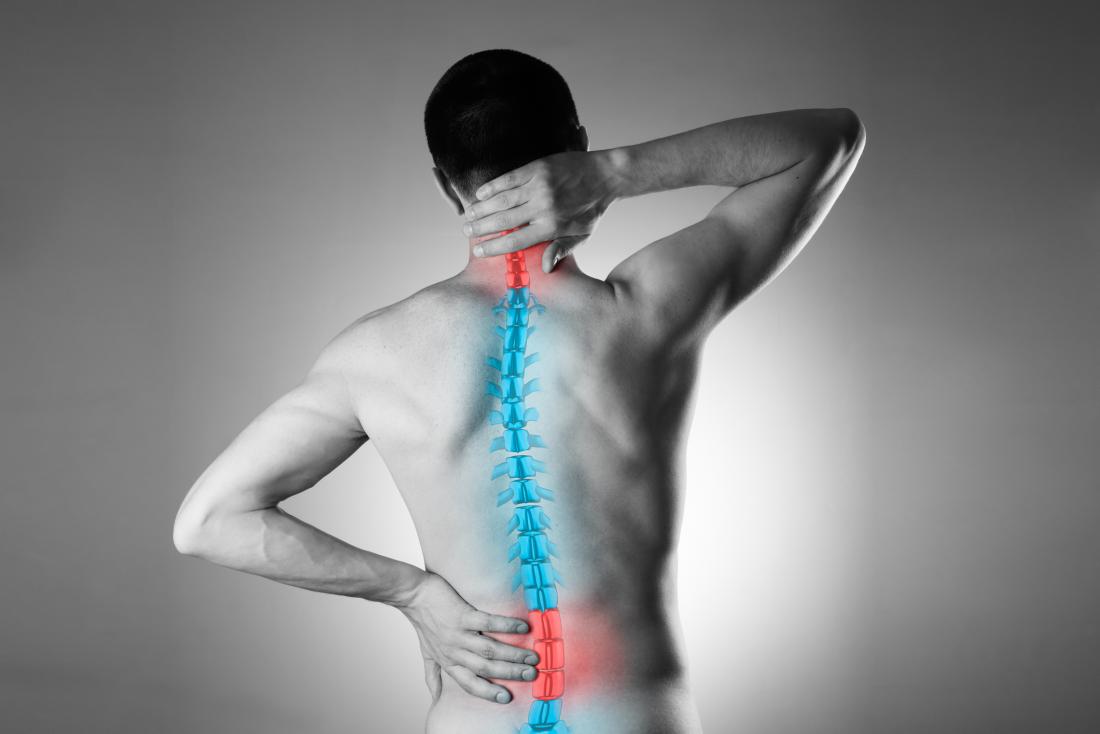
Researchers at the National Institutes of Health/National Center for Complementary and Integrative Health (NIH/NCCIH) have been exploring the therapeutic effects of yoga on chronic pain. They found that yoga counteracts how chronic pain alters brain structure.
Chronic pain reduces gray matter and disrupts white matter connectivity. These changes in brain structure are associated with cognitive and memory impairment and emotional problems such as depression and anxiety, which can trigger cravings.
Yoga, on the other hand, seems to have precisely the opposite effects on the brain. The practice actually increases gray matter and strengthens white matter connectivity. In other words, yoga rebalances a brain that has been offset by chronic pain. The overall result is less perceived pain and a higher pain threshold.
Yoga Reduces Stress and Emotional Distress

Research has also shown that yoga relieves stress by regulating the body’s response to stress and rebalancing hormones like cortisol and adrenaline (which govern how the body reacts to stress). Strikingly, there is even evidence to suggest that yoga may enlarge gray matter and areas of the brain such as the hippocampus that help to control the stress response.
How might these anti-stress effects of yoga reduce pain and cravings? When a person is stressed out, they’re more likely to experience a compulsion to drink or use drugs. If that person is really stressed out, these urges may be especially intense.
Chronic pain can also kick up in the presence of higher levels of stress or an over-activated stress response, so a tool that helps people self-soothe and calm their parasympathetic system can be invaluable to reducing pain and cravings and in turn chances of relapse.
Relatedly, but worth mentioning on its own, is the research showing that yoga can increase levels of gamma-aminobutyric acid (GABA) in the brain. GABA is a tranquilizing neurotransmitter that creates calm and alleviates stress and anxiety. In fact, low levels of GABA have been implicated in anxiety and depression. In the absence of yoga or other tools, these symptoms can trigger cravings.
In another promising vein, after three months of practicing yoga for 1.5 hours twice a week, women who began a study with Harvard Health feeling “emotionally distressed” saw a significant improvement in their symptoms. At the end of the three months, half reported less depression, a third cited fewer anxiety symptoms, and 65 percent reported an improvement in overall wellbeing.
Yoga Improves Recovery Outcomes for People in Rehab

Then there are the many studies that have specifically traced how yoga aids in recovery. When a review of 314 case studies in The Journal of Neurosciences in Rural Practices looked at this question, it found a large body of evidence to show that yoga in rehab improves outcomes for people with substance use disorders and dual diagnoses like PTSD or depression.
Such findings align with my own more anecdotal observations. After just one yoga session, patients are often calmer, more relaxed, more connected (with themselves and others), and more balanced. These benefits only accrue more with regular practice. The takeaway for anyone considering a rehab program is this: be sure they offer the option of yoga.
This article was provided by Heidi Decher, a yoga instructor at the national behavioral health provider FHE Health.

